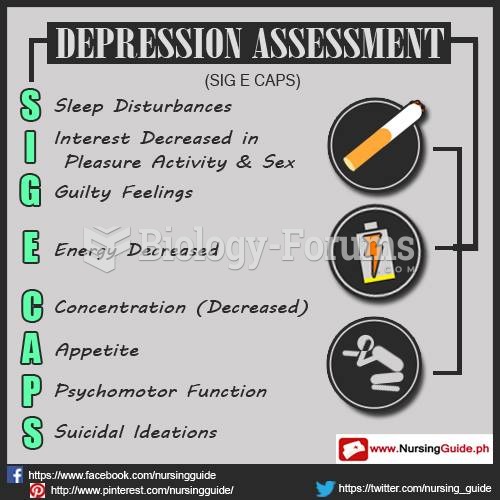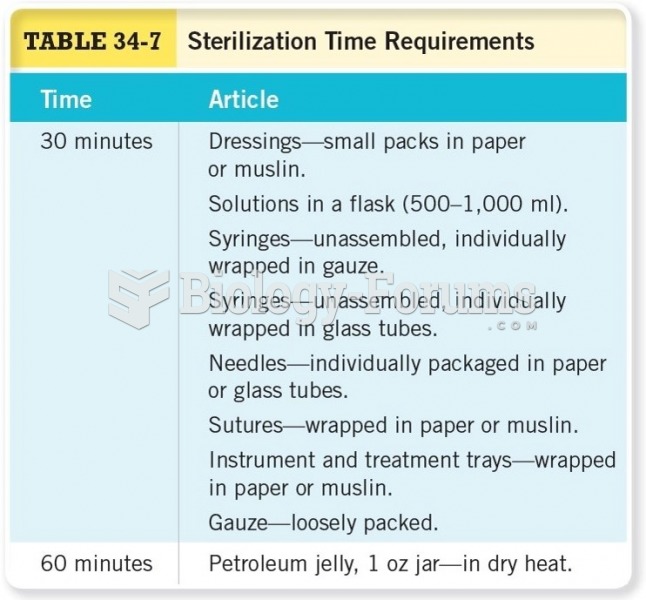Answer to Question 1
Ans: D
Feedback:
Functional health pattern (FHP) assessment may be used for individual, family, or community assessment. It involves a systematic and deliberate format and considers a configuration of behaviors that occur sequentially over time. Understanding community patterns provides insight into how groups respond to problems and take action. A key factor of the asset-based assessment model is building coalitions and active partnerships with the community during the assessment phase. Collaboration with community members shifts the focus from dependency on experts to empowerment of all, working together toward a goal. An epidemiologic model is a process used to assess a community using data collected from descriptions and statistical relationships to evaluate the level of health and well-being within a community and to address identified healthcare needs. A collaborative model of assessment involves nurses, social workers, and other public health experts working with each other and with community residents to assess the community in an interdisciplinary manner.
Answer to Question 2
Ans: A, B, D
Feedback:
Both historical informants and mined data (i.e., data that are examined through extensive and rigorous searches) can help describe the cultural changes within a community or aggregate over time to inform the future. In this way, developmental data are obtained and then compared to determine what variables may have enhanced or detracted from development and what resources were available at the time. Historical research would not help you develop an understanding of the community's strengths and resources today; an assets-based approach would help you do that. Historical research would also not help you identify where in the community health clinics are most needed; a windshield survey or use of geographic information systems would help you do that.







